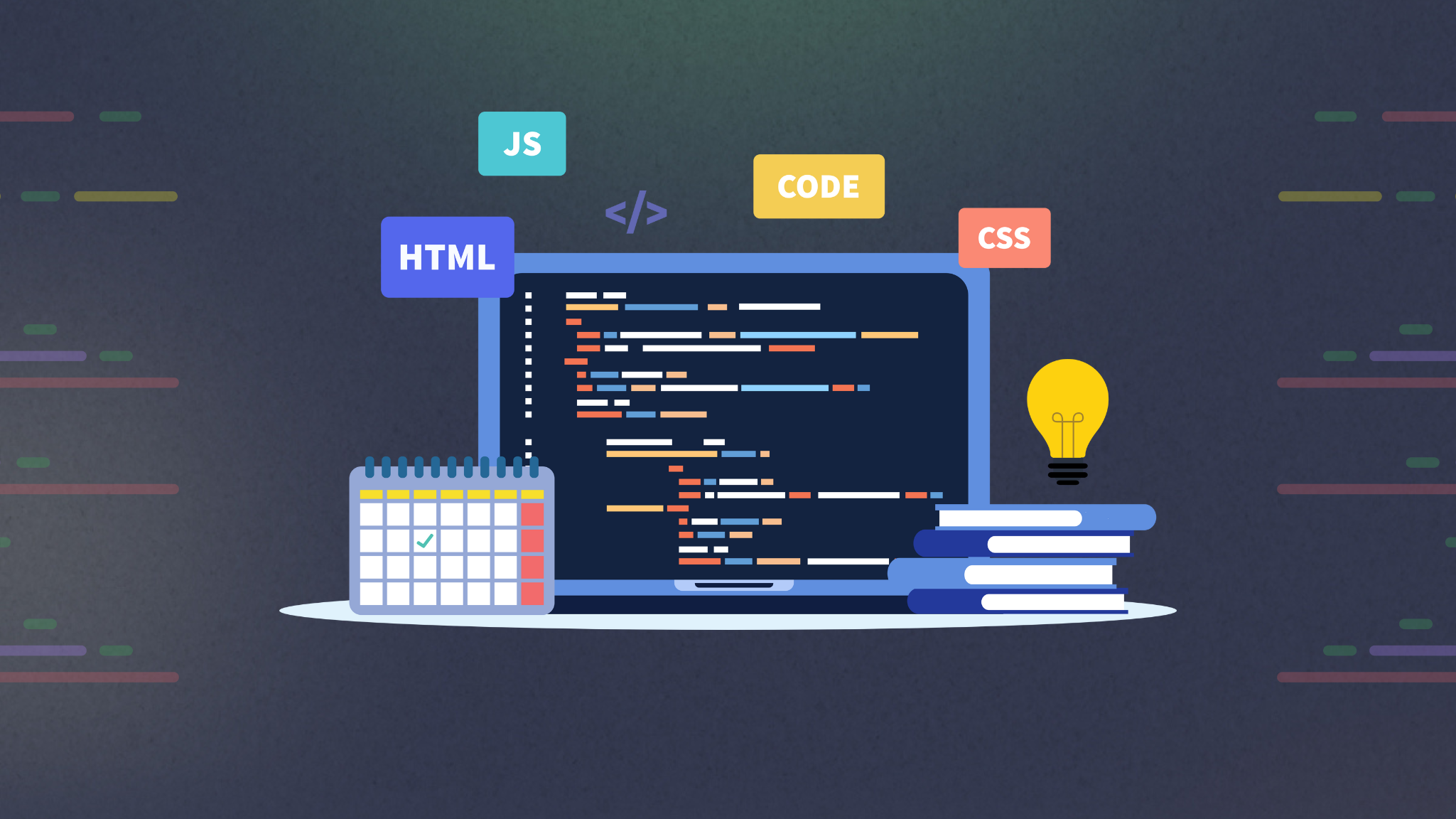
In today’s evolving technological landscape, businesses are constantly on the lookout for ways to innovate, automate, and streamline processes. Enter the world of low-code and no-code platforms, which are making waves by allowing users—whether technical or not—to create sophisticated software applications with minimal effort. These platforms are transforming the way businesses approach app development, empowering a new generation of citizen developers.
But what exactly are low-code and no-code platforms, and why are they taking over the tech world? Let’s explore how these game-changing tools are reshaping the future of software development.
Low-Code vs. No-Code Explained
Before diving into why low-code and no-code platforms are so powerful, let’s first break down what they actually are.
Low-Code Platforms: These platforms allow users to create apps with minimal coding. While some technical knowledge is required, much of the development process is simplified through visual interfaces, pre-built templates, and drag-and-drop functionality.
No-Code Platforms: As the name suggests, these platforms require zero coding skills. Anyone can build an application using simple, user-friendly interfaces that guide you through the process. Think of it like assembling a Lego set—you don’t need to know how to create the individual blocks; you just put them together to form something functional.
These platforms democratize software development, enabling people with little to no technical background to bring their ideas to life. It’s not just about empowering developers, but opening the door for anyone with a vision.
Low-Code & No-Code Rise
So, why are low-code and no-code platforms becoming so popular? There are several reasons, but let’s focus on the most significant drivers behind this rise.
1. Speed of Development
One of the most obvious benefits is the speed at which you can develop applications. Traditionally, building an app required a team of developers, designers, and testers, which could take months or even years. But with low-code and no-code platforms, a single person or small team can create an app in a fraction of the time.
Take the example of a small business owner who needs a custom CRM tool to manage customer relationships. In the past, they would have had to hire a development team, draft specifications, and go through an extensive testing phase. Today, they can use a no-code platform to build that CRM themselves in just a few weeks. Speed, simplicity, and cost savings are huge advantages that are propelling the popularity of these platforms.
2. Cost-Effective Solutions
Hiring developers, designers, and IT experts to create software can be a costly affair. But with low-code and no-code platforms, businesses save on these expenses. These platforms eliminate the need for specialized skill sets, enabling non-technical users to develop apps on their own. Smaller companies and startups especially benefit from this cost-effective approach since they can now create solutions that previously would have been out of their budget.
Think about a small e-commerce store that wants to create an app for tracking orders. In the past, they might have had to hire an entire team, but now they can use a low-code platform to get the job done without breaking the bank.
3. Empowerment of Non-Developers
The core beauty of low-code and no-code platforms is that they empower citizen developers. These are people who don’t necessarily have a background in software development but can now create, modify, and deploy applications on their own. Whether it’s a marketer trying to automate a lead-generation process or a business analyst building a data analytics dashboard, these platforms open up new possibilities for people across all industries.
Consider an HR manager who needs a system to track employee performance. In the past, they would have to rely on IT to build or buy an existing solution. With a no-code platform, they can now build a custom app without having to involve anyone from the tech team.
4. Flexibility and Scalability
Low-code and no-code platforms also offer a level of flexibility that traditional development can’t match. Users can create apps that fit their specific needs, and as those needs change over time, they can modify their apps easily. These platforms also allow for rapid prototyping, so businesses can experiment with different ideas and deploy new features without waiting for months.
Imagine you’re a product manager who needs a prototype for a new feature. With a no-code platform, you can quickly build and test the concept in real-time, collecting feedback from users and stakeholders before committing to a full-scale development project. This type of agile approach accelerates innovation and product iteration.
Key Features

To fully understand why these platforms are revolutionizing the development process, let’s take a closer look at the key features that make them so attractive:
1. Visual Development Interfaces
Most low-code and no-code platforms use a drag-and-drop interface, which allows users to visually design applications by dragging pre-built components into place. Think of it like putting together a puzzle. Instead of writing lines of code, you select the pieces you need (e.g., forms, buttons, data connectors) and place them on the canvas.
This approach makes development accessible to everyone, not just programmers. You don’t need to be a coding expert to design sophisticated applications.
2. Pre-Built Templates and Components
One of the standout features of these platforms is their library of pre-built templates and reusable components. These assets can dramatically speed up the development process, allowing users to start building quickly without starting from scratch.
Let’s say you’re trying to create an invoicing app. You could choose from templates that already include things like customer profiles, invoice generation tools, and payment gateways. It’s like shopping for a pre-assembled meal at the grocery store instead of spending hours cooking from raw ingredients.
3. Integration with Third-Party Services
No app is an island, and in today’s interconnected world, integrating with other services is a must. Fortunately, many low-code and no-code platforms come with out-of-the-box integrations for popular services like CRM tools, payment processors, email marketing platforms, and even social media networks. This makes it much easier to create apps that seamlessly interact with the other tools in your tech stack.
4. Automation and Workflow Building
Both low-code and no-code platforms allow for the automation of tasks and workflows. For example, you can set up an automatic email response when someone submits a contact form, or trigger a notification when a customer makes a purchase.
By automating repetitive tasks, these platforms free up your time and allow you to focus on more strategic activities.
Pros and Cons
Like anything, low-code and no-code platforms come with their pros and cons.
Let’s break them down.
Pros
Increased Speed: Develop apps faster than traditional methods.
Lower Costs: Save money on hiring developers and IT staff.
Accessibility: Anyone can create apps—no coding required.
Flexibility: Easily make changes as your business needs evolve.
Integration: Built-in integrations with a wide range of services.
Cons
Limited Customization: While these platforms are flexible, there may still be some limitations in terms of what you can customize, especially for more complex applications.
Security Concerns: Since these platforms often use cloud-based infrastructure, businesses need to ensure that the platform they choose adheres to industry security standards.
Scalability Issues: For large, enterprise-grade applications, low-code/no-code platforms might not always be the best solution in the long run.
Future of these platforms

The future of low-code and no-code platforms is incredibly bright. As these tools continue to evolve, they will become even more powerful and capable of handling complex applications. With the rise of AI and machine learning, expect these platforms to integrate smarter features that can even predict your needs and optimize the development process.
But it’s not just about automation—it’s about empowering individuals to bring their ideas to life. With low-code and no-code platforms, we’re seeing a democratization of development, where anyone with a vision can create something meaningful without needing to be a coding wizard.
Conclusion
As businesses continue to look for ways to innovate quickly, low-code and no-code platforms are quickly becoming the go-to tools for app development. They offer speed, cost-effectiveness, and empowerment for users of all skill levels. If you’re looking to speed up development cycles or bring your app ideas to life without waiting on developers, it’s time to give these platforms a try.
So, what are you waiting for? Dive into the world of low-code and no-code platforms, and see how they can transform your business. Whether you’re a small business owner, an entrepreneur, or just someone with a great idea, these platforms make it easier than ever to turn your vision into reality.
Published: January 7, 2025









